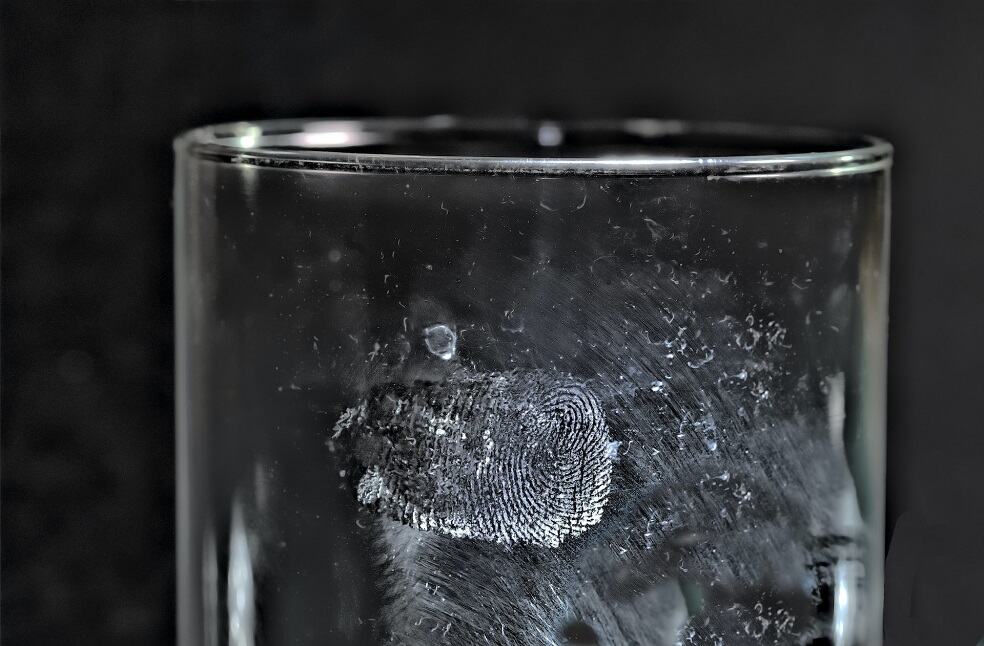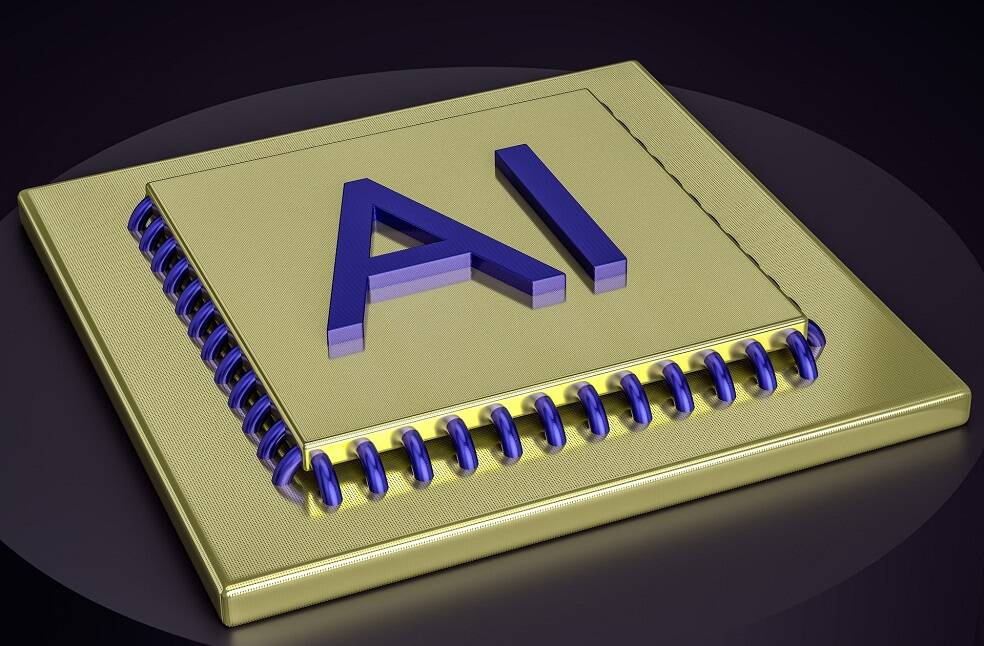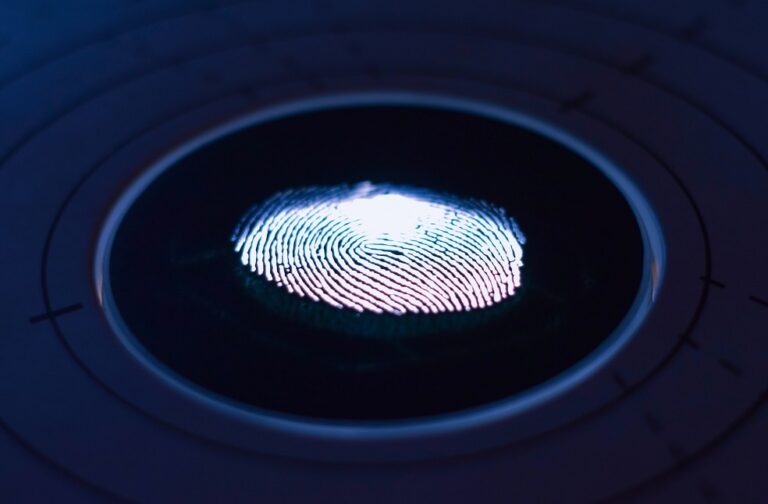A recent study suggests that our perception of the differences in the ridges on our fingertips may have been overstated.
A group of scientists at Columbia University, led by engineering senior Gabe Guo, have successfully identified distinct fingerprints that belong to the same individual (also known as intra-person prints) using a neural network, with a success rate of up to 77 percent for a single pair of prints.
“We suggest that the intra-person fingerprint similarities are of interest not only because they challenge long-held beliefs but also because this similarity could help improve the ability to find leads for investigations when the fingerprints obtained from crime scenes are from different fingers than the fingerprints already on file,” Mr. Guo and his colleagues write in their paper.

“We hope this additional information could help prioritise leads when many possibilities exist, help exonerate innocent suspects, or even help create leads for cold cases,” Mr. Gu added.
The project began with 60,000 or so public fingerprints, consisting of sets of ten fingers each from different people, in a US database. Mr. Guo and his associates sought to determine whether a neural network could recognise patterns within intra-individual prints. They fed these prints, in pairs, into neural networks, an artificial intelligence system. The prints in pairs could come from two distinct people at times, or they could come from within the same person.

The network became increasingly adept at determining which two prints belonged to the same individual over time. Even though every fingerprint on the same hand was distinct, the AI was able to match them because of enough commonalities. In particular, the ridge orientation in the middle of the print is consistent across the various fingers belonging to the same person.
In its current state, the AI could be used to help narrow down options, the researchers say.
One of the other possible uses could be enabling someone to authenticate a smartphone with a single fingerprint scanner using any one of their fingers. Even though there’s still a long way to go before the technology is practical for this use, the primary objective of the research was to determine whether intra-person print similarities occur.



